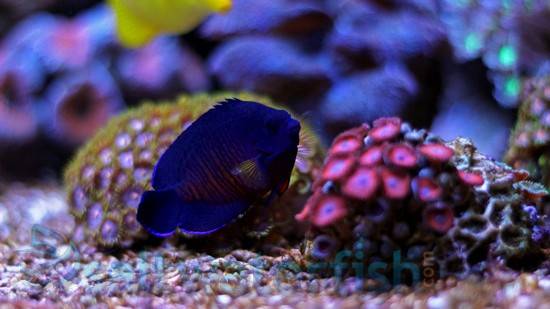Anemone Hermit Crab
Dardanus pedunculatus
(1 Reviews)

Anemone Hermit Crab
Dardanus pedunculatus
(1 Reviews)
{{ item.name }}
Size: {{ item.extra_field_3 }}
${{ getFormattedPrice(item.saleprice) }} ${{ getFormattedPrice(item.price) }}
To join the waiting list, click here
Free Shipping
With
$199.00
or more in Marine Life.
More details...
Anemone Hermit Crab Care Facts
| Care Level: | Easy |
|---|---|
| Temperament: | Aggressive |
| Reef Safe: | No |
| Diet: | Scavenger |
| Acclimation Time: | 2 hours |
| Coral Safe: | No |
| Invertebrate Safe: | No |
| Minimum Tank Size: | 30 gallons |
These hermit crabs are not reef safe they can be aggressive and will eat and attack coral snails or anything not quick enough to get away from them I learned that after I put them in my tank and they started eating my coral right away ?
Reviewed by: Branden Ross on Jan. 7, 2021















